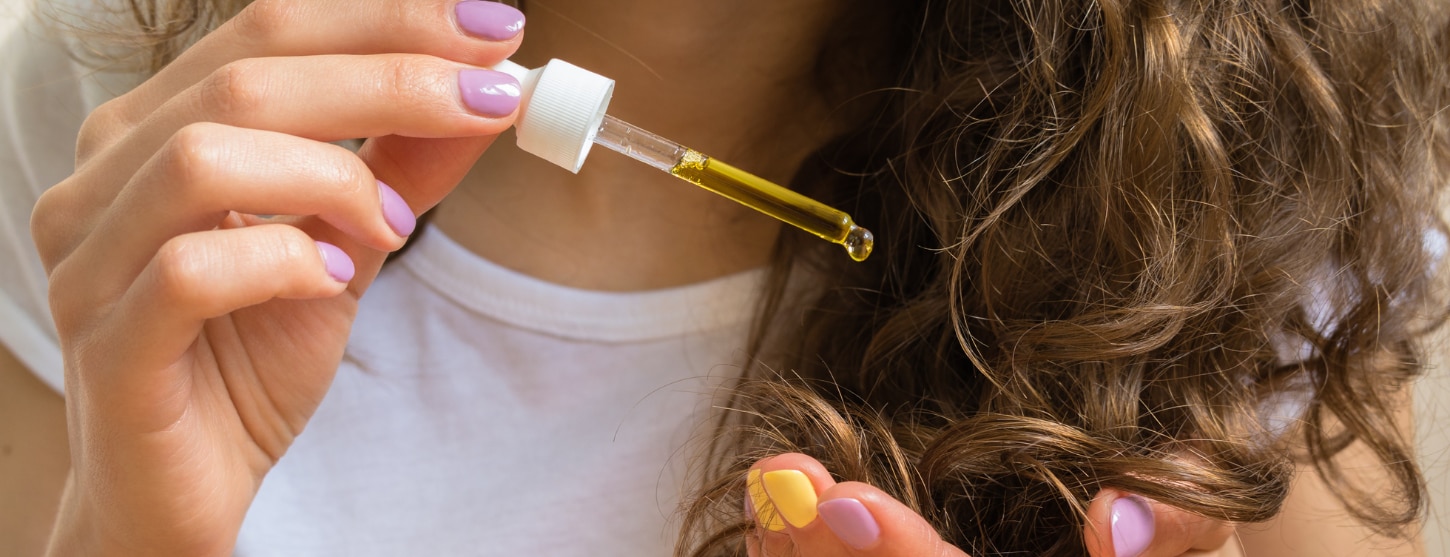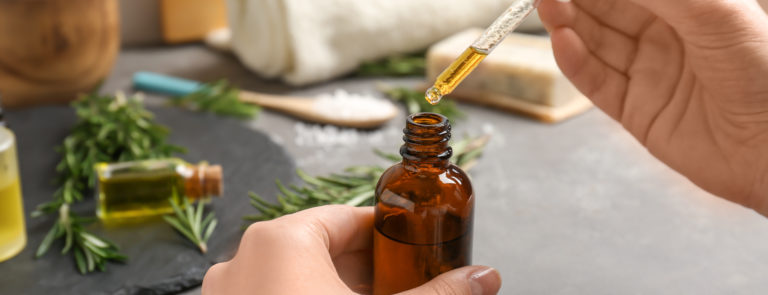10% off £35
Code:SAVE
Rosacea – who gets it?

Can only certain people get rosacea? In this article, we explore the skin condition in more detail; who’s most susceptible to getting it, rosacea symptoms and providing a shortlist of some of the treatment methods.
Summary
1Who can get rosacea?
While anybody can get rosacea, it tends to be more common among 30 to 60-year-olds, women -especially during the menopause and people with fair skin.
2What are the signs of rosacea?
Interestingly, while most cases of rosacea are reported on people’s faces, it can present itself in different ways.
3Can rosacea be treated?
Rosacea cannot be cured, but there are several measures people can incorporate into their daily routines to help manage their rosacea
Rosacea is a long-term condition that causes red skin and pimples that usually only appear on people’s faces. Over time, it can also make the skin thicker around the nose and the area around your eyes (eyelids included) swollen, irritated and red.1
In fact, it’s known to affect one in 10 people in the UK. It’s possible for anybody to get rosacea, including celebrities, such as Cameron Diaz, and high profile figures, such as former US President, Bill Clinton.2
Who can get rosacea?
Generally speaking, while anybody can get rosacea3, it tends to be more common among the following people:
- 30 to 60-year-olds
- Women, especially during the menopause
- People with fair skin
What are the signs of rosacea?
Interestingly, while most cases of rosacea are reported on people’s faces, it can present itself in different ways. Some people may encounter some of the symptoms and some may experience all of them.
We’ve listed some of the most common rosacea symptoms below5:
Your face looks red and flushed:
- Particularly in the centre of your face, i.e. your forehead, nose, cheeks and chin
- Your skin can feel as though it’s burning, swollen or warm
- Small red blood vessels are visible from underneath the skin
- Bumpy skin or pimples appear
Other symptoms include:
- A swollen, bumpy nose
- Thicker skin developing on your face, especially if you have an advanced case of rosacea and have had it over a period of time
Rosacea can also cause eye problems:
- Your eyes may feel dry, itchy, burning or watery
- Eyelids can become inflamed and swollen
- Eyes can become sensitive to light
- You may experience blurred vision or some other kind of vision problem
Can rosacea be treated?
Rosacea cannot be cured, it’s also possible for it to get worse if left untreated6. However, having said that, there are several measures people can incorporate into their daily routines to help manage their rosacea.
Here are some examples of how to treat rosacea:
- Taking antibiotics or using prescription creams and gels from the GP7
- Using laser or intense pulse light treatment8 – to help reduce the redness of enlarged blood vessels. Repeat treatments may be needed periodically to maintain results
- Cleaning your eyelids to reduce infections – the recommendations include washing your eyelids gently with watered-down baby shampoo or an eyelid cleaner and then applying a warm (but not hot) compress a few times a day9 Avoid rosacea triggers – for more on these, check out our article, ‘What rosacea looks like.’
- Using products that are suitable for sensitive skin, i.e. are described as being mild, hypoallergenic, fragrance-free and non-comedogenic (will not block pores)
The final say
Long-term treatment is usually required to help control rosacea, although it’s not unusual for symptoms to go through a cycle of easing and then flaring up again.10
The severity of the rosacea usually determines the solution however, there’s no harm adopting some additional self-care measures, such as applying an SPF every day and switching to skincare products that are more suited to rosacea skin (more on this in this article).
Ideally, the more you can understand rosacea, the greater chance you may have of implementing a solution or solutions that make it more manageable for you.
The good news is, awareness of rosacea is widespread and there’s lots of best practice advice out there, including this article, to help you understand the condition and options that are available to help control it.
Last updated: 20 May 2020
- https://www.niams.nih.gov/health-topics/rosacea
- https://www.bupa.co.uk/newsroom/ourviews/combat-rosacea
- https://www.niams.nih.gov/health-topics/rosacea#tab-risk
- https://www.bupa.co.uk/newsroom/ourviews/combat-rosacea
- https://www.niams.nih.gov/health-topics/rosacea#tab-symptoms
- https://www.nhs.uk/conditions/rosacea/
- https://www.nhs.uk/conditions/rosacea/
- https://www.nhs.uk/conditions/rosacea/
- https://www.niams.nih.gov/health-topics/rosacea#tab-treatment
- https://www.nhsinform.scot/illnesses-and-conditions/skin-hair-and-nails/rosacea#treating-rosacea
Related Articles
Shop by wellness goal
Sign up for exclusive offers
Plus, get expert advice to support your health & wellness straight to your inbox when you sign up to Holland & Barrett emails.
Read our
privacy policy














